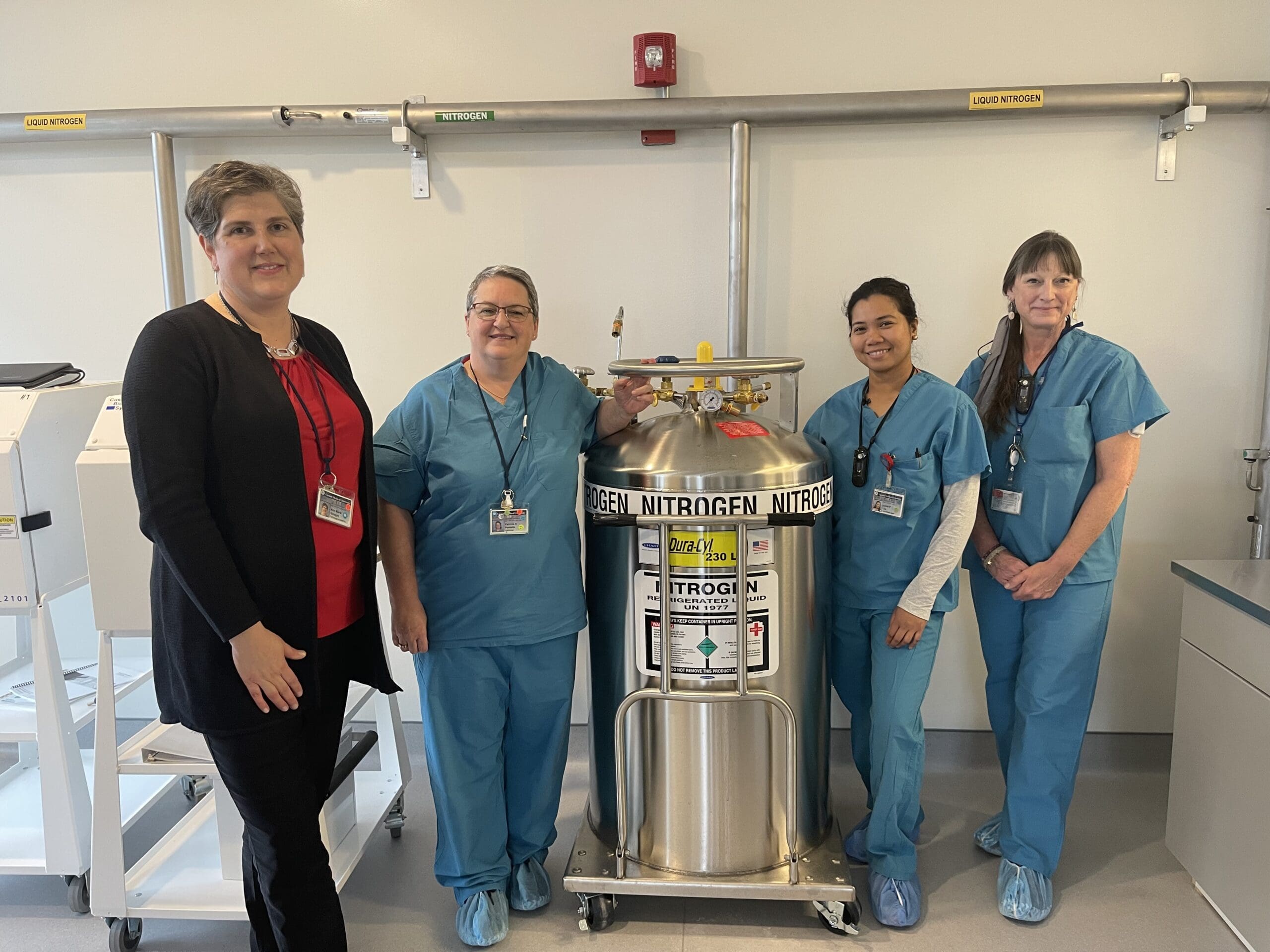Report on Educational Disruption at Oneida High School in Relation to Sustainable Development Goals
Incident Summary
An urgent situation has developed within the Oneida school district following severe flooding that has rendered Oneida High School unusable for the forthcoming academic year. This event directly impacts the educational provision for approximately 500 students and necessitates an immediate response to secure alternative facilities.
- Facility: Oneida High School
- Cause of Disruption: Destructive flooding from a severe storm in June.
- Impacted Population: 500 students.
- Immediate Action: An urgent search for a move-in-ready educational space.
Analysis in the Context of Sustainable Development Goals (SDGs)
This incident highlights critical vulnerabilities and challenges directly related to several key United Nations Sustainable Development Goals.
SDG 4: Quality Education
The primary impact of the school’s closure is a direct threat to the continuity and quality of education for its students, undermining the core mission of SDG 4.
- Disruption to Learning: The inability to use the school building creates a significant barrier to providing inclusive and equitable quality education.
- Equity Concerns: The emergency relocation process must ensure that the new environment is accessible and adequate for all 500 students, preventing any lapse in educational standards.
- Challenge to Lifelong Learning: Securing a stable and safe learning environment is fundamental to the lifelong learning opportunities that SDG 4 aims to promote.
SDG 11: Sustainable Cities and Communities & SDG 13: Climate Action
The flooding event underscores the critical link between climate resilience and sustainable community infrastructure.
- Infrastructure Vulnerability: The damage to Oneida High School demonstrates a lack of resilience in critical public infrastructure, a key focus of SDG 11, which aims to make cities and human settlements safe, resilient, and sustainable.
- Climate Impact: The destructive storm is an example of the extreme weather events intensified by climate change. This incident serves as a local manifestation of the global challenges addressed by SDG 13 (Climate Action).
- Need for Adaptation: The event highlights the urgent need for communities to invest in climate adaptation strategies to protect essential services, such as education, from environmental disasters.
1. Which SDGs are addressed or connected to the issues highlighted in the article?
The article discusses issues that are directly connected to the following Sustainable Development Goals:
- SDG 4: Quality Education – The core issue is the disruption of education for 500 students whose high school has become unusable.
- SDG 11: Sustainable Cities and Communities – The flooding has damaged critical community infrastructure (a school), highlighting issues of community resilience to disasters.
- SDG 13: Climate Action – The destructive flooding is a result of a severe storm, a type of climate-related hazard that impacts communities and their infrastructure.
2. What specific targets under those SDGs can be identified based on the article’s content?
Based on the article, the following specific targets are relevant:
SDG 4: Quality Education
- Target 4.1: “By 2030, ensure that all girls and boys complete free, equitable and quality primary and secondary education…” The article highlights a direct threat to this target, as the inability to use the high school jeopardizes the continuous and quality secondary education for its 500 students.
- Target 4.a: “Build and upgrade education facilities that are child, disability and gender sensitive and provide safe, non-violent, inclusive and effective learning environments for all.” The article shows a failure to meet this target, as the existing school facility is no longer safe or effective due to the flood damage. The search for a “nearly move-in-ready school space” is an emergency measure to restore a learning environment.
SDG 11: Sustainable Cities and Communities
- Target 11.5: “By 2030, significantly reduce the number of deaths and the number of people affected and substantially decrease the direct economic losses relative to global gross domestic product caused by disasters, including water-related disasters…” The article directly relates to this target by describing how a water-related disaster (“flooding”) has affected 500 students and caused significant economic loss by rendering a high school “unusable.”
SDG 13: Climate Action
- Target 13.1: “Strengthen resilience and adaptive capacity to climate-related hazards and natural disasters in all countries.” The fact that a “June storm” could cause such “destructive” flooding that an entire high school is rendered unusable for a year demonstrates a lack of resilience and adaptive capacity of critical infrastructure to natural disasters.
3. Are there any indicators mentioned or implied in the article that can be used to measure progress towards the identified targets?
The article provides specific information that can serve as or imply indicators for measuring progress:
Indicators for SDG 4
- For Target 4.a, an implied indicator is the number or proportion of educational facilities damaged by natural disasters. The article explicitly states that “Oneida High School” was left “unusable” by flooding, serving as a data point for this indicator.
Indicators for SDG 11
- Indicator 11.5.1: Number of deaths, missing persons and directly affected persons attributed to disasters per 100,000 population. The article provides a specific number for “directly affected persons”: “500 students” who are displaced from their school.
- Indicator 11.5.2: Direct economic loss… including disaster damage to critical infrastructure… The article points to a direct economic loss by stating the flooding was “so destructive that it left Oneida High School unusable,” which is a clear example of damage to critical infrastructure.
Indicators for SDG 13
- For Target 13.1, the event itself serves as a qualitative indicator of a community’s lack of resilience. A quantitative measure implied by the article is the number of critical infrastructure units (e.g., schools) disrupted or damaged due to climate-related disasters. The case of Oneida High School is one such instance.
4. Create a table with three columns titled ‘SDGs, Targets and Indicators” to present the findings from analyzing the article.
| SDGs | Targets | Indicators |
|---|---|---|
| SDG 4: Quality Education | 4.a: Build and upgrade education facilities… and provide safe… and effective learning environments for all. | Number of educational facilities damaged by natural disasters (Oneida High School is “unusable”). |
| SDG 11: Sustainable Cities and Communities | 11.5: Significantly reduce the number of people affected… caused by disasters, including water-related disasters. | Number of directly affected persons attributed to disasters (“500 students”). Direct disaster damage to critical infrastructure (High school is “unusable”). |
| SDG 13: Climate Action | 13.1: Strengthen resilience and adaptive capacity to climate-related hazards and natural disasters. | Number of critical infrastructure units disrupted by climate-related disasters (One high school rendered unusable by a storm). |
Source: syracuse.com







